Gort House (Inishowen)
Houses within 10km of this house
Displaying 30 houses.
Houses within 10km of Gort House (Inishowen)
Displaying 30 houses.
| House name | Description | |
|---|---|---|
| Blanket Nook | Messers Brassey and McCormack held this property in fee at the time of Griffiths Valuation in the 1850s when it was valued at £13. It is described as a steward’s house. The National Inventory of Architectural Heritage dates its building to the mid -1840s, contemporary with the massive reclamation of land from the sea which took place in the area at that time. Blanket Nook is still extant. |

|
| Ballymoney (Burt) | At the time of Griffiths Valuation in the 1850s, Samuel Porter was leasing this property from Lord Templemore’s estate when it was valued at £11. It is labelled Ballymoney on all editions of the Ordnance Survey maps but is no longer extant. | |
| Bohullion | Several properties at this location were being leased from Lord Templemore’s estate by members of the Leathem family at the time of Griffith’s Valuation, in the 1850s. Samuel Leathem senor occupied a house which was valued at £14 10s. Samuel Leathem junior occupied a house and substantial mill and distillery complex. The National Inventory of Architectural Heritage indicates that the house at the site is now called Beech Park and dates from c.1845. Elements of the industrial complex are also still extant. | |
| Bridgetown (Burt) | At the time of Griffiths Valuation in the 1850s, John Scott was leasing this property from Lord Templemore’s estate when it was valued at £23 with an additional mill complex. Bridgetown is still extant and occupied. | |
| Burt House | At the time of Griffiths Valuation in the 1850s, James G. Bowen was leasing this property from Lord Templemore’s estate when it was valued at £28. The National Inventory of Architectural Heritage suggests the house at the site represents a major remodelling of an earlier house and associates Burt House with the Ferguson family. | |
| Fahan Rectory | William Alexander held this property in fee at the time of Griffiths Valuation in the 1850s, when it was valued at £26. In 1837 Lewis referred to the Glebe House as the residence of Reverend W. Hawkshaw. A house is still extant at the site. |
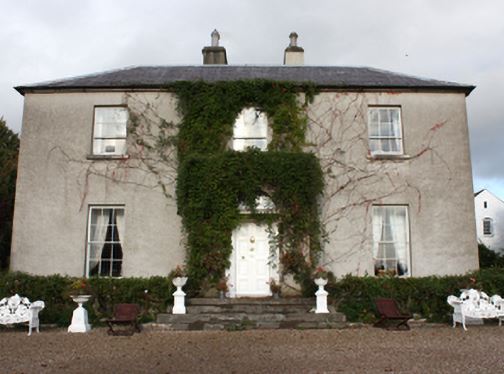
|
| Castletown Cottage (Inishowen) | Joseph Gilligan was leasing this property from the Dogherty estate at the time of Griffith’s Valuation, when it was valued at £14. This property is still extant. |
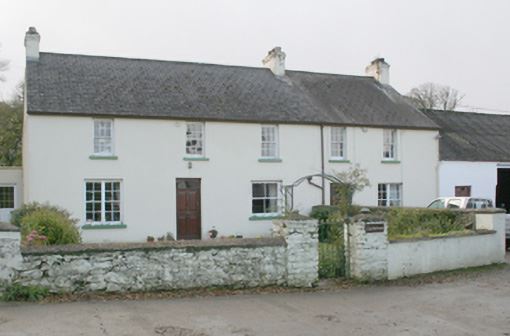
|
| Rose Hill (Inishowen) | Andrew McClen was leasing this property from the Dogherty estate at the time of Griffith’s Valuation, when it was valued over £10. | |
| Fahan House | Elizabeth Jones was leasing this property from the Norman estate at the time of Griffiths Valuation in the 1850s, when it was valued at over £28. In 1837 Lewis referred to it as the seat of T. Kough. The National Inventory of Architectural Heritage suggests this house was built in the 18th century and extended in the 19th. It appears to be associated with a number of different families. |

|
| St. Johns/Roseville (Inishowen) | William Scott was leasing this property from the Norman estate at the time of Griffiths Valuation in the 1850s, when it was valued at over £11. Lewis referred to it as the seat of Miss Schoales in 1837. It is labelled Roseville on the 1st edition Ordnance Survey map but as St. Johns on the later editions. In the early 2020s it housed a restaurant known as the Red Door. | |
| Glengollen | This property was held in fee by Thomas Norman at the time of Griffiths Valuation in the 1850s, when it was valued at £62. Lewis referred to it as the seat of Charles Norman in 1837. It was owned by his grandson, also Charles Norman and valued at £60 in 1906. Charles Norman was killed in the First World War. Local sources suggest the estate was acquired by the Land Commission after 1923. The house was demolished in 1937. | |
| Drumhallagh House | Henry Bedford was leasing this property from the estate of Sarah Batt at the time of Griffiths Valuation in the 1850s, when it was valued at £18. The property had become derelict in the later twentieth century but has since been restored as a wedding venue. |

|
| Rathmullan House | This property was held in fee by Thomas Batt at the time of Griffiths Valuation in the 1850s when it was valued at £40. The National Inventory of Architectural Heritage suggests the house was originally built by the Knox family around the end of the eighteenth century and later purchased by the Batt family. It is still extant and now operates as a luxury hotel. |
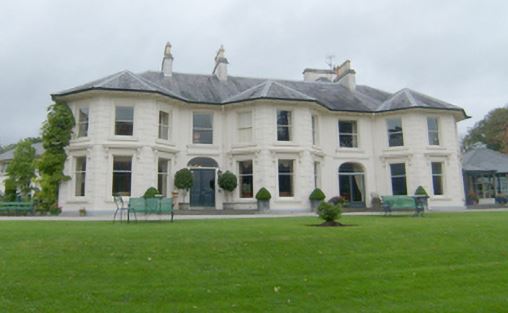
|
| Fort Royal | The representatives of Charles Wray were leasing this property from Smith Bryan at the time of Griffiths Valuation in the 1850s when it was valued at £20. This appears to be the property later known as Fort Royal Hotel. It is still extant as a private residence. |
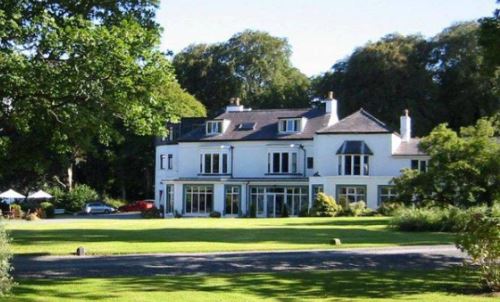
|
| Holymount | At the time of Griffiths Valuation, in the 1850s, Holymount House was leased from the Batt estate by Marcus Knox. The house was then valued at £18 10s. [Marcus Knox may have been a naval officer associated with coastguard inspection]. The National Inventory of Architectural Heritage suggests it was built around 1840 but extended in the 1890s. |

|
| Milltown House | At the time of Griffiths Valuation, Thomas Witheroe was leasing this property from the Marquis of Donegall’s estate when it was valued at £25 and had an adjacent mill. It appears not to be extant now. | |
| Crislaghmore | The buildings at Crislaghmore were leased from the Donegall estate by Samuel and Joseph Cochrane at the time of Griffiths Valuation in the 1850s when the valuations were £19 and £13 respectively. | |
| River View (Inishowen) | This property was being leased from Sarah McClintock by Margaret Camac at the time of Griffiths Valuation when it was valued at over £12. Lewis recorded it as the seat of W. Camac in 1837. It was still extant in the mid 20th century but the site is now occupied by a commercial building. Property in this area was owned by Thompson M. McClintock in 1906. | |
| The Lodge (Buncrana) | James Boyle was the occupier of this property at the time of Griffiths Valuation when it was valued at £14 and leased from Sarah McClintock. Lewis referred to it as unoccupied in 1837. It is labelled The Lodge on all editions of the Ordnance Survey maps. A house is still extant at the site. | |
| Millfield House (Inishowen) | Millfield House and adjacent mill buildings was leased from Sarah McClintock by George H. Mitchell at the time of Griffiths Valuation, when it was valued at over £17. It is still extant. The National Inventory of Architectural Heritage includes a detailed account of the now-derelict mill complex and notes its association with the Swan family in the latter decades of the 19th century. |
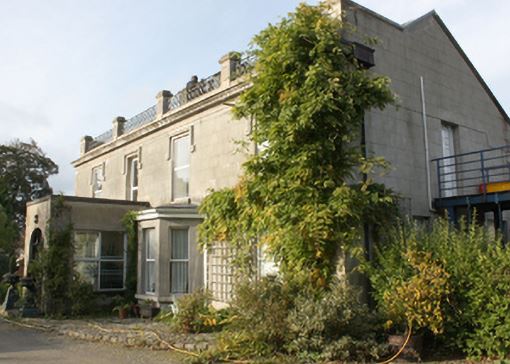
|
| St. Helens [Townsend Lodge] | James H. Todd was the occupier of this property at the time of Griffith’s Valuation, when it was valued at £17 10s. He was leasing it from a Kennedy lessor. The house is labelled as Townsend Lodge on the 1st edition Ordnance Survey map but as St. Helens on the 25-inch edition of the early 20th century. In 1837 Lewis had recorded this property as the seat of a Colonel Downing. Now used as a business premises. | |
| Westbrook (Inishowen) | James Todd was leasing this property to a Captain Considine at the time of Griffiths Valuation, when it was valued at £10. A house named “Westport” is given as his own address in Hussey de Burgh’s list of landowners in 1878. Westbrook House is still extant. |
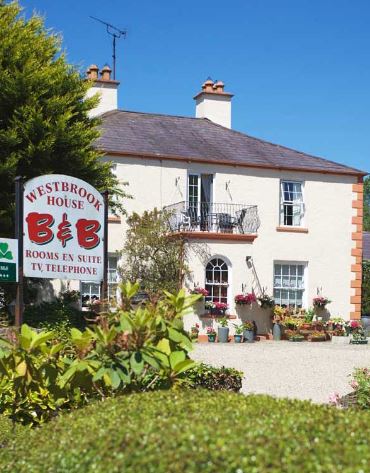
|
| Buncrana Castle | In 1837 Lewis noted Buncrana Castle as the seat of Mrs. Todd. At the time of Griffith’s Valuation, in 1857, it held in fee by Jonathan Richardson and valued at £20. Richardson was also the occupier of a spinning factory in the area, valued at £120. Local sources suggest that it was built by the Vaughan family and that the Todds bought it through the Court of Chancery in the early 19th century. By 1906 it was owned by Alexander R. Richardson and still valued at £20. Buncrana Castle is still extant. |

|
| Castruse House | William Cochrane was leasing this property from Robert Bateson at the time of Griffiths Valuation in the 1860s when it was valued at £12. It is labelled Castruse Huose on the 25-inch map of the early 20th century. In the 1870s John Motherwell's address is given as Castruse. The National Inventory of Architectural Heritage suggests it was built in the last years of the 18th century on the site of an earlier house. It is still extant and occupied. |
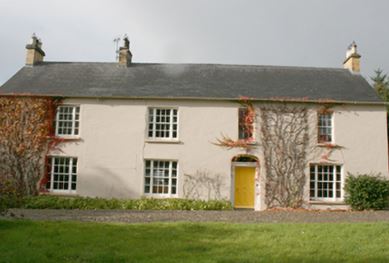
|
| Gortinlieve | James Fulton was leasing this property from Robert Bateson at the time of Griffiths Valuation in the 1860s when it was valued at £14. An adjacent building is labelled Bogay Works on the 25-inch and later Ordnance Survey maps. It was apparently a site for the manufacture of agricultural implements. Farm buildings appear to occupy the site now. | |
| Bogay House (Raphoe North) | Reverend Edward Bowen held this property in freehold at the time of Griffith's Valuation in the 1850s when it was valued at £35. Local sources suggest it was a hunting lodge built by the Abercorn estate. It is still extant and occupied. |
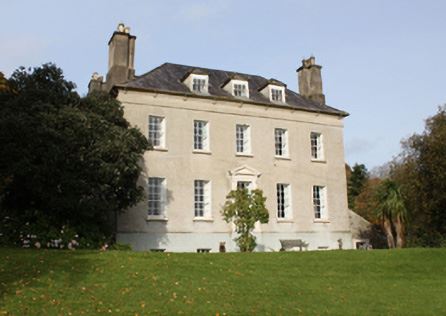
|
| Colehill | Reverend Hugh Norman was leasing this property from the Earl of Wicklow's estate at the time of Griffith's Valuation in the 1850s when it was valued at £12. It is labelled Colehill on the 1st edition map of the 1830s but as Allsaints Rectory on subsequent Ordnance Survey maps. It is still extant. | |
| Crossroads (Raphoe North) | William Lockhart was leasing this property from the Earl of Wicklow's estate at the time of Griffith's Valuation in the 1850s when it was valued at £10. It has the label Crossroads on the 25-inch and later 6-inch edition Ordnance Survey maps. The National Inventory of Architectural Heritage suggests the house at the site was built later in the 19th century but it appears likely that an earlier house existed there. |
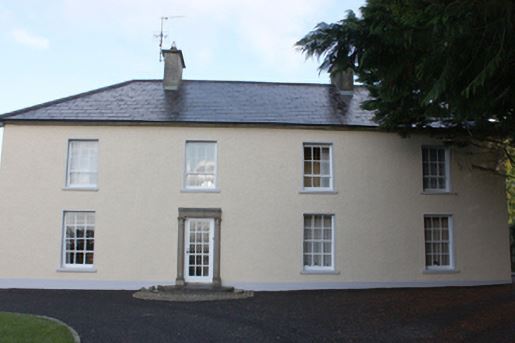
|
| Castleforward | John Ferguson was leasing this property from the Earl of Wicklow's estate at the time of Griffith's Valuation in the 1850s when it was valued at £35. In 1837, Lewis had referred to it as the property of the Earl of Wicklow, then occupied by W. Marshall. Though it survived well into the 20th century, Castleforward is now a ruin. | |
| Carrownamaddy (Burt) | At the time of Griffiths Valuation in the 1850s, Joseph Dysart was leasing this property from Lord Templemore (Chichester) estate, when it was valued at £15. A house and substantial farm remain at the site. |

